THE ARK OF NOAH DISCOVERED IN TURKEY IN 1948
ARK MODELThis model shows the construction technique called "spaceframe," though usually considered modern, this concept would not have been outside the grasp of Yahweh as he designed the ship for Noah. If the ark was constructed of wood, as the Bible claims, then it must have been built this way. It is the combined opinion of naval architects that a ship this large cannot be constructed of any type of wood using conventional keel and rib construction methods. Wood is not strong enough for a boat this large if it were made in the usual way. However, built in this "spaceframe" manner, using iron pins at the connections thereby allowing for 100% connection efficiency in torsion, compression and tension, all stresses required by such connections would be reduced by "tributary loading." A wooden ship this large could indeed be built and would be many times stronger, perhaps 10 fold than its conventional counterparts. |
 |
"Gopher wood""Gopher wood" is a misreading and scribal error. "Kopher" wood is correct and means wood (any wood) that is covered with Kopher. Kopher is bitumen. In the Genesis text (6:14), the context is clear. The GPR wood used, (a scribal error) is to be covered in KPR. G and K in Hebrew are so similar that inexperienced Hebrew "scholars," such as those translating the King James Version of the Bible, could have been prone to such errors, indeed, they made many such errors. Acts 7: 45 & Hebrews 4: 8 are classic examples of such scribal errors. gpr = "g," as in gopher, k pr = "k,"as in kopher 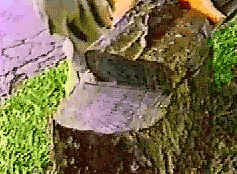 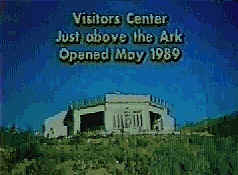 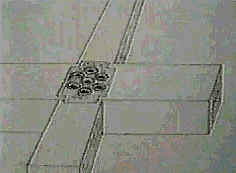 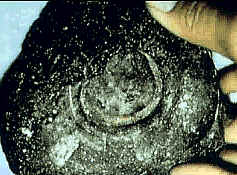 The piece of petrified wood from the Ark shown below was excavated in the presence of a number of Turkish officials. This piece was sawn in several places, exposing the wood grain. Note the lamination of 3 layers in the photograph. Later analysis confirmed its organic nature. After many corroborating tests, the Turkish government agreed that the structure was indeed Noah's Ark. They subsequently built a Visitors Center near the Ark. Due to ongoing fighting between the Turkish government and Kurdish rebels, the Visitors Center and the area have restricted access. The goal eventually is to build a protective structure over the ark and begin excavations. 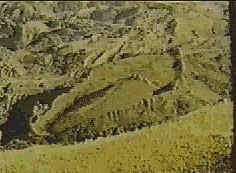 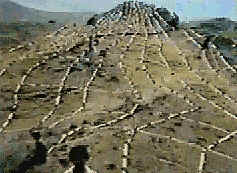 A metal detector scan showed the presence of metal at the joints of the ark. Note the regular pattern of these joints. Later the joints were excavated and the metal analyzed. Many of the joints were held together with large rivets. The metallurgical structure indicated that the makers had a fairly advanced level of knowledge of metal alloys. A computer reconstruction based upon the ruin profile showed that the original shape had a highly sophisticated profile. 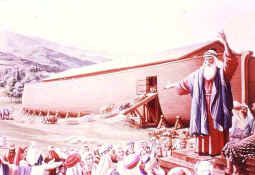 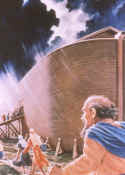 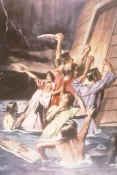 The length of the ship was measured independently by two teams and found to be 515 feet long. Since Moses who wrote the book of Genesis was familiar with the Royal Egyptian cubit which is 20.6 inches, the biblical record of 300 cubits is exactly correct! (300 cubits x 20.6 /12 = 515 feet) 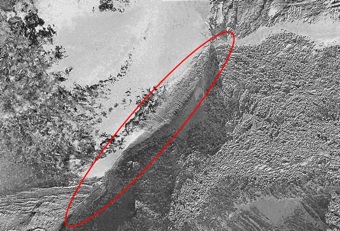 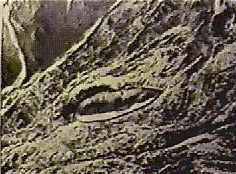 |







No comments:
Post a Comment
please make the cooments and share